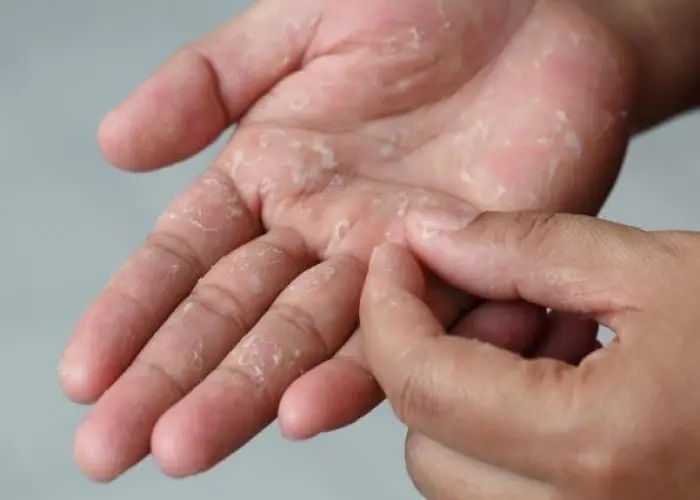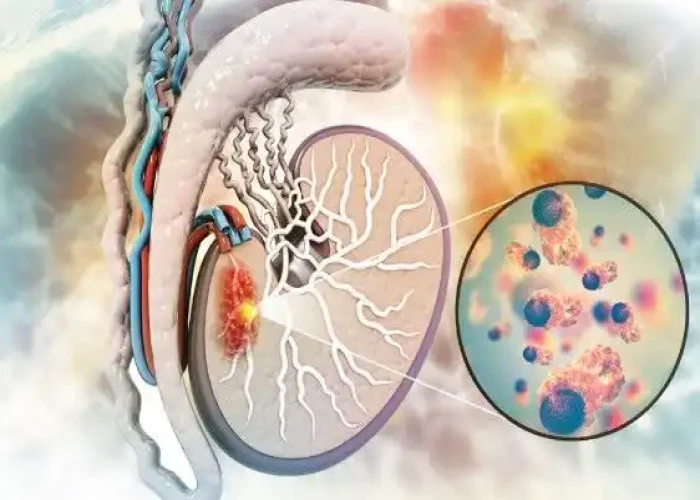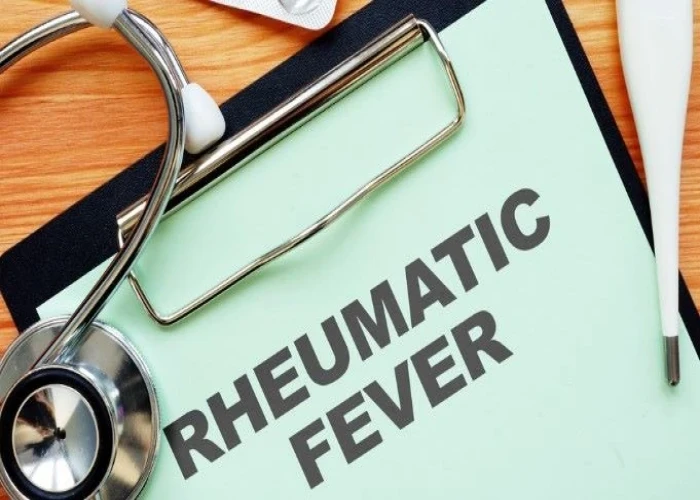 Welcome
Welcome
“May all be happy, may all be healed, may all be at peace and may no one ever suffer."
Rheumatic fever

Rheumatic fever is a serious inflammatory condition that can occur following an untreated or inadequately treated group A streptococcal infection, such as strep throat. The condition most commonly affects children and young adults.
The symptoms of rheumatic fever can vary but may include fever, joint pain and swelling, skin rash, fatigue, and chest pain. In severe cases, the inflammation caused by rheumatic fever can lead to damage to the heart valves and other organs, which can result in long-term complications.
The treatment for rheumatic fever typically involves antibiotics to clear the streptococcal infection, as well as anti-inflammatory medications such as aspirin or corticosteroids to manage the symptoms of the condition. In some cases, long-term treatment with antibiotics may be recommended to prevent the recurrence of the streptococcal infection.
Prevention of rheumatic fever involves prompt and appropriate treatment of group A streptococcal infections with antibiotics. In some cases, prophylactic antibiotics may be recommended for individuals who have a history of rheumatic fever or other heart valve conditions.
While a rheumatic fever can be a serious condition, with appropriate treatment and monitoring, many individuals are able to recover fully and prevent long-term complications. Regular medical follow-up is important for individuals who have experienced rheumatic fever to ensure proper management of any ongoing health issues.
Research Papers
Disease Signs and Symptoms
- Fever
- Jerky, uncontrollable body movements (Sydenham chorea) — most often in the hands, feet and face
- Pain in one joint that migrates to another joint
- Painful and tender joints — most often in the knees, ankles, elbows and wrists
- Nausea or vomiting
- Burning stomach pain
- Fatigue (Tiredness)
- Irregular heart sound (heart murmur)
- Chest pain
- Swollen joint
- Wrist pain
- Elbow pain
- Ankle problems
- Knee pain
- Joint pain
- Outbursts of unusual behavior, such as crying or inappropriate laughing, that accompanies Sydenham chorea
Disease Causes
Rheumatic fever
Rheumatic fever can occur after a throat infection from a bacteria called group A streptococcus. Group A streptococcus infections of the throat cause strep throat or, less commonly, scarlet fever.
Group A streptococcus infections of the skin or other parts of the body rarely trigger rheumatic fever.
The link between strep infection and rheumatic fever isn't clear, but it appears that the bacteria trick the immune system.
The strep bacteria contain a protein similar to one found in certain tissues of the body. The body's immune system, which normally targets infection-causing bacteria, attacks its own tissue, particularly tissues of the heart, joints, skin and central nervous system. This immune system reaction results in swelling of the tissues (inflammation).
If your child receives prompt treatment with an antibiotic to eliminate strep bacteria and takes all medication as prescribed, there's little chance of developing rheumatic fever.
If your child has one or more episodes of strep throat or scarlet fever that aren't treated or aren't treated completely, he or she might develop rheumatic fever.
Disease Prevents
Rheumatic fever
The only way to prevent rheumatic fever is to treat strep throat infections or scarlet fever promptly with a full course of appropriate antibiotics.
Disease Treatments
The goals of treatment for rheumatic fever are to destroy remaining group A streptococcal bacteria, relieve symptoms, control inflammation and prevent the condition from returning.
Treatments include:
- Antibiotics. Your child's doctor will prescribe penicillin or another antibiotic to eliminate remaining strep bacteria.
- After your child has completed the full antibiotic treatment, your doctor will begin another course of antibiotics to prevent recurrence of rheumatic fever. Preventive treatment will likely continue through age 21 or until your child completes a minimum five-year course of treatment, whichever is longer.
- People who have had heart inflammation during rheumatic fever might be advised to continue preventive antibiotic treatment for 10 years or longer.
- Anti-inflammatory treatment. Your doctor will prescribe a pain reliever, such as aspirin or naproxen (Naprosyn, Naprelan, Anaprox DS), to reduce inflammation, fever and pain. If symptoms are severe or your child isn't responding to the anti-inflammatory drugs, your doctor might prescribe a corticosteroid.
- Anticonvulsant medications. For severe involuntary movements caused by Sydenham chorea, your doctor might prescribe antiseizure medications, such as valproic acid or carbamazepine (Carbatrol, Tegretol, others).
Long-term care
Discuss with your doctor what type of follow-up and long-term care your child will need.
Heart damage from rheumatic fever might not show up for years. As an adult, your child will need to be sure doctors know about the rheumatic fever and get regular heart exams.
Disease Diagnoses
Disease Allopathic Generics
-
Benzathine Penicillin
Dosage should be determined according to age. It should be given in the deep flesh of the waist.
-
Phenoxymethyl Penicillin [Penicillin V]
1 pill 4 times a day or 2 2 times a day will last for several years.
-
Prednisolone
1-7 years by 1/4, pills 7-12 years by 1/2 pills 4 times a day for 5 days. Then the dose should be increased.
-
Betamethasone
1-7 years by 1/4, pills 7-12 years by 1/2 pills 4 times a day for 5 days. Then the dose should be increased.
-
Dexamethasone
1-7 years by 1/4, pills 7-12 years by 1/2 pills 4 times a day for 5 days. Then the dose should be increased.
-
Levamisole
If there are worms. 1-4 years 1 spoon or 1 pill, 5-12 years 2 spoons or 2 pills, above 12 years 3 spoons or 3 pills at night after a light meal.
-
Mebendazole
If there are worms. 1-4 years 1 spoon or 1 pill, 5-12 years 2 spoons or 2 pills, above 12 years 3 spoons or 3 pills at night after a light meal.
-
Albendazole
If there are worms. 2 tablets of 200 mg or 1 tablet of 400 mg at night.
- Pyrantel Pamoate
-
Multivitamin & Multimineral
Take 1 pill or capsule daily.
Disease Ayurvedic Generics
Disease Homeopathic Generics
-
Aconite
3X, 30 strength.
-
Belladonna
3, 6 strength.
-
Crataegus
Q strength.
-
Cimicifuga racemosa
6, 30 strength.
-
Grindelia
Q strength.
-
Rhus toxicodendron
6, 30 strength.
-
Lachesis
Q strength.
Disease yoga
Rheumatic fever and Learn More about Diseases

Dyshidrosis

Testicular cancer

Klippel-Trenaunay syndrome

Desmoplastic small round cell tumors

Somatic symptom disorder

Wilms' tumor

Mouth Ulcer

Anal itching
rheumatic fever, বাতজ্বর
To be happy, beautiful, healthy, wealthy, hale and long-lived stay with DM3S.
